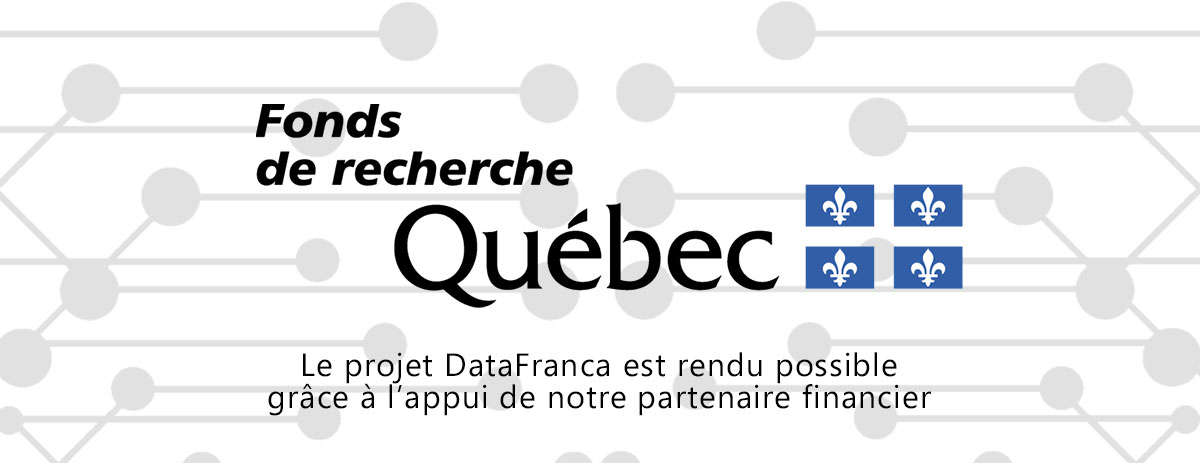« Analyse des caractéristiques lentes » : différence entre les versions
Aucun résumé des modifications Balise : Éditeur de wikicode 2017 |
Aucun résumé des modifications |
||
| Ligne 14 : | Ligne 14 : | ||
'''Slow feature analysis ''' | '''Slow feature analysis ''' | ||
'''Slow feature analysis (SFA)''' is an unsupervised learning algorithm for extracting slowly varying features from a quickly varying input signal. It has been successfully applied, e.g., to the self-organization of complex-cell receptive fields, the recognition of whole objects invariant to spatial transformations, the self-organization of place-cells, extraction of driving forces, and to nonlinear blind source separation. | '''Slow feature analysis (SFA)''' is an unsupervised learning algorithm for extracting slowly varying features from a quickly varying input signal. It has been successfully applied, e.g., to the self-organization of complex-cell receptive fields, the recognition of whole objects invariant to spatial transformations, the self-organization of place-cells, extraction of driving forces, and to nonlinear blind source separation.[http://www.scholarpedia.org/article/Slow_feature_analysis Source: http://www.scholarpedia.org/article/Slow_feature_analysis] | ||
[http://www.scholarpedia.org/article/Slow_feature_analysis Source: http://www.scholarpedia.org/article/Slow_feature_analysis] | |||
Version du 18 février 2020 à 12:44
Définition
L'analyse des caractéristiques lentes est un modèle linéaire factoriel qui utilise l'information de signaux temporels pour apprendre des caractéristiques invariantes ( Wiskott et Sejnowski, 2002 ).
Français
Analyse des caractéristiques lentes loc. nom. fém.
Anglais
Slow feature analysis
Slow feature analysis (SFA) is an unsupervised learning algorithm for extracting slowly varying features from a quickly varying input signal. It has been successfully applied, e.g., to the self-organization of complex-cell receptive fields, the recognition of whole objects invariant to spatial transformations, the self-organization of place-cells, extraction of driving forces, and to nonlinear blind source separation.Source: http://www.scholarpedia.org/article/Slow_feature_analysis
Contributeurs: Gérard Pelletier, Jacques Barolet, wiki










